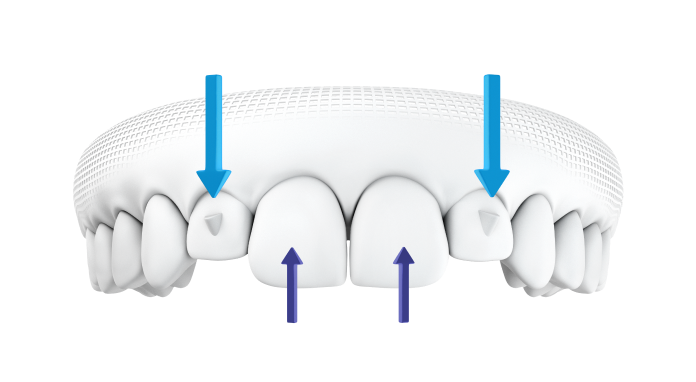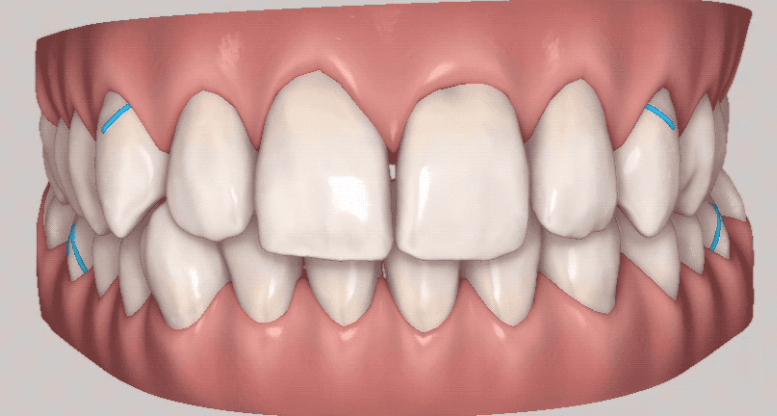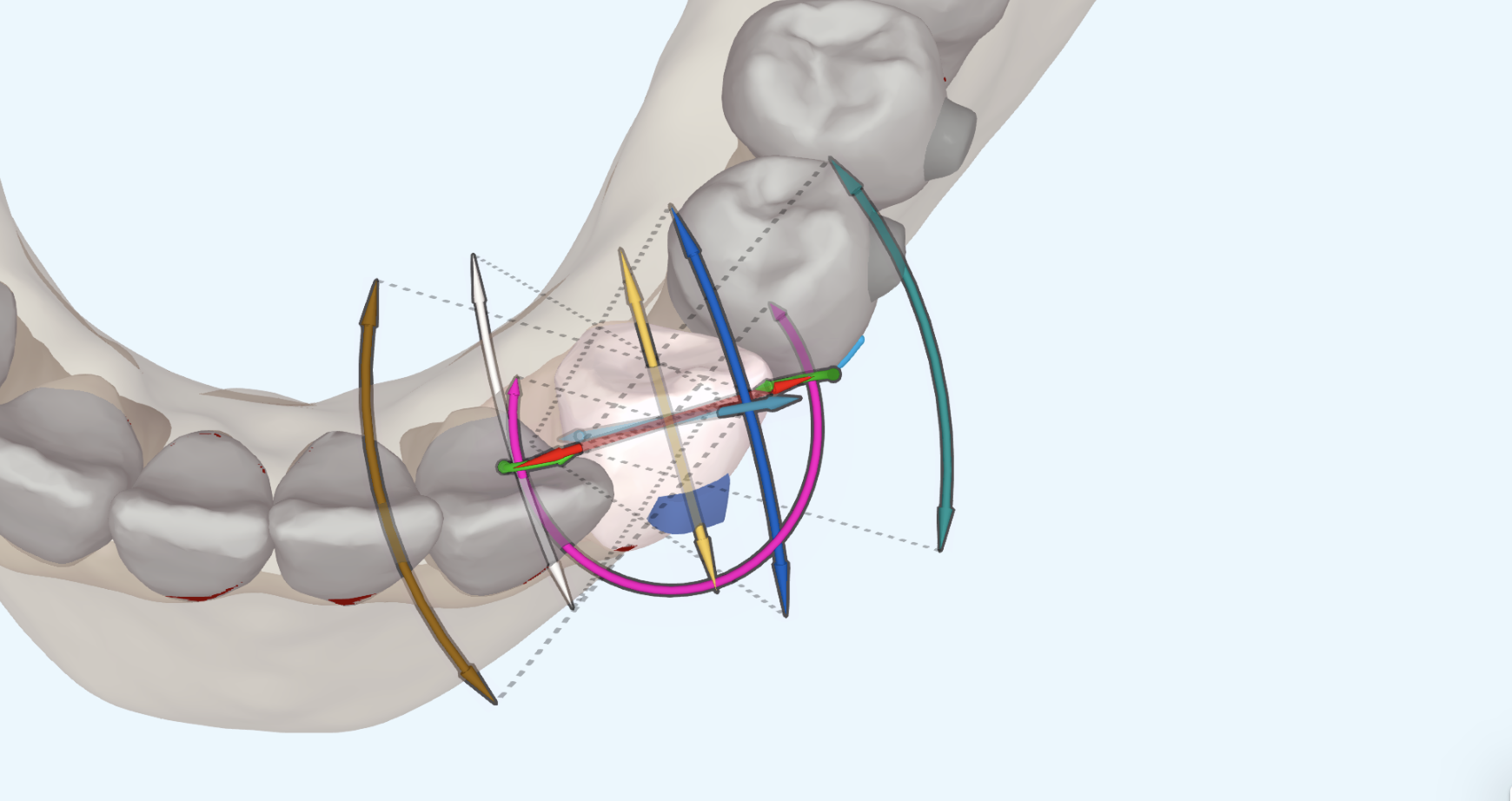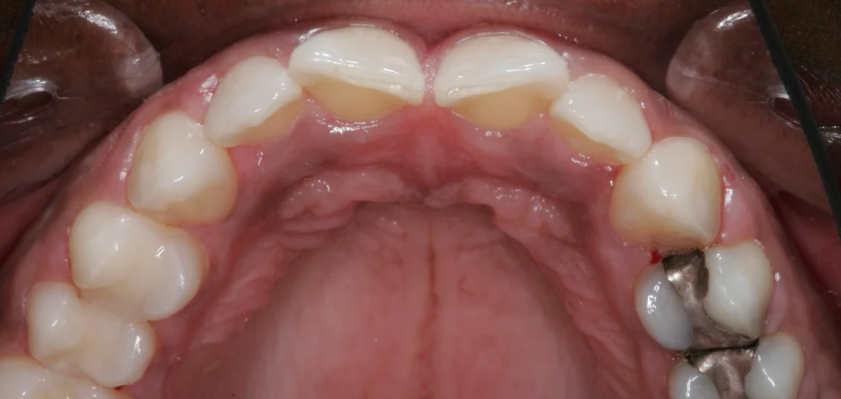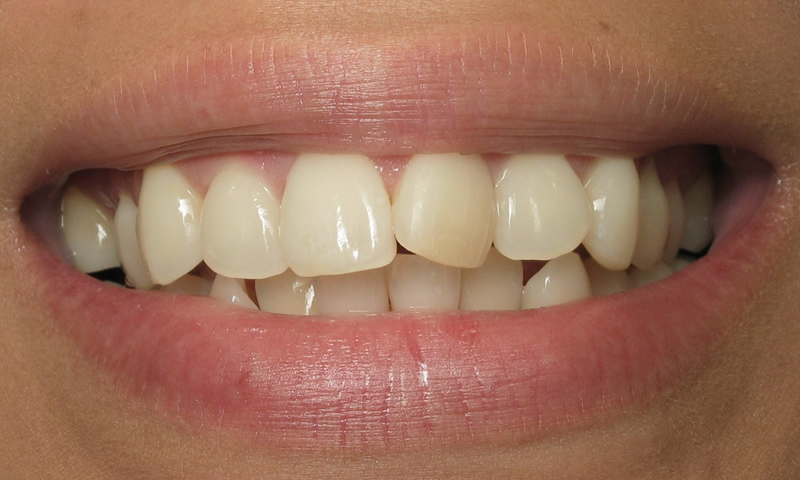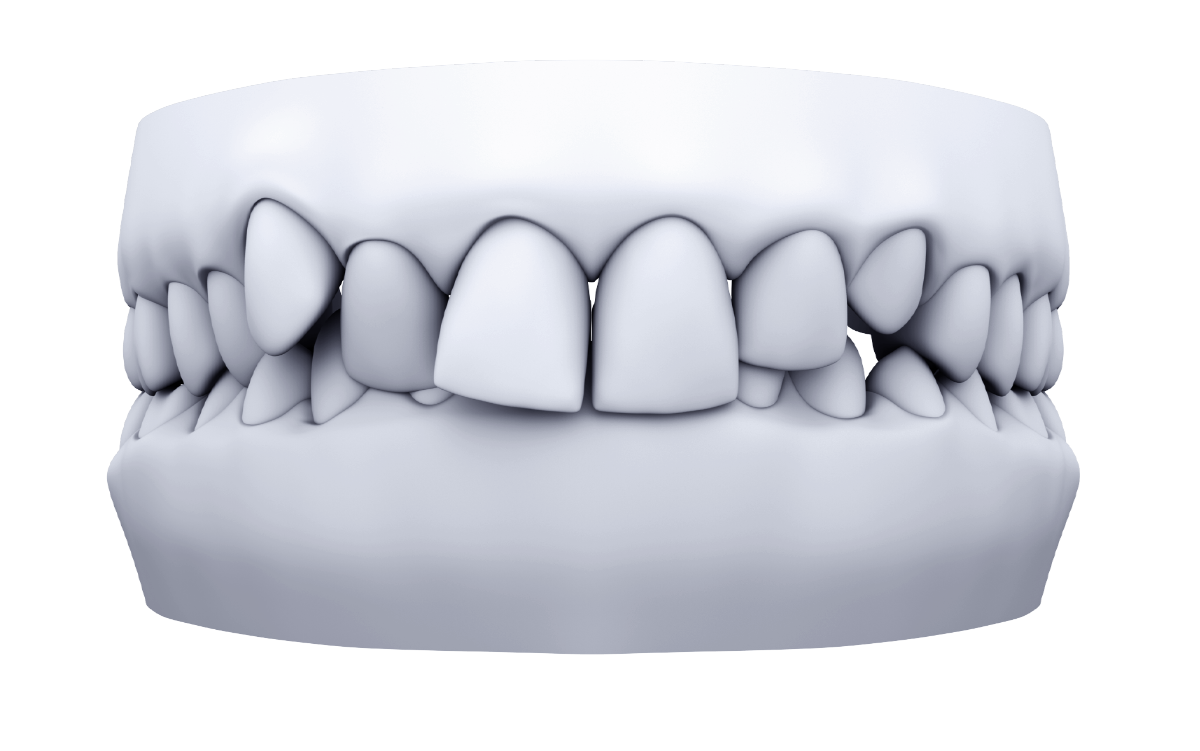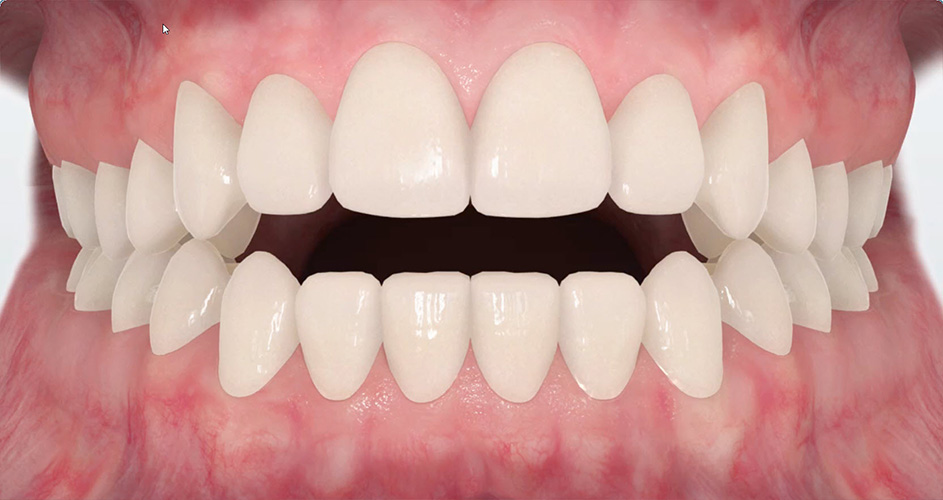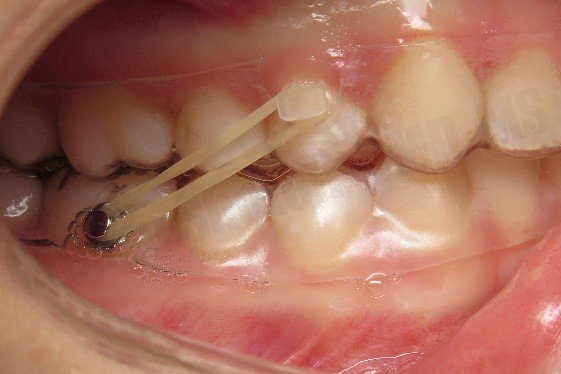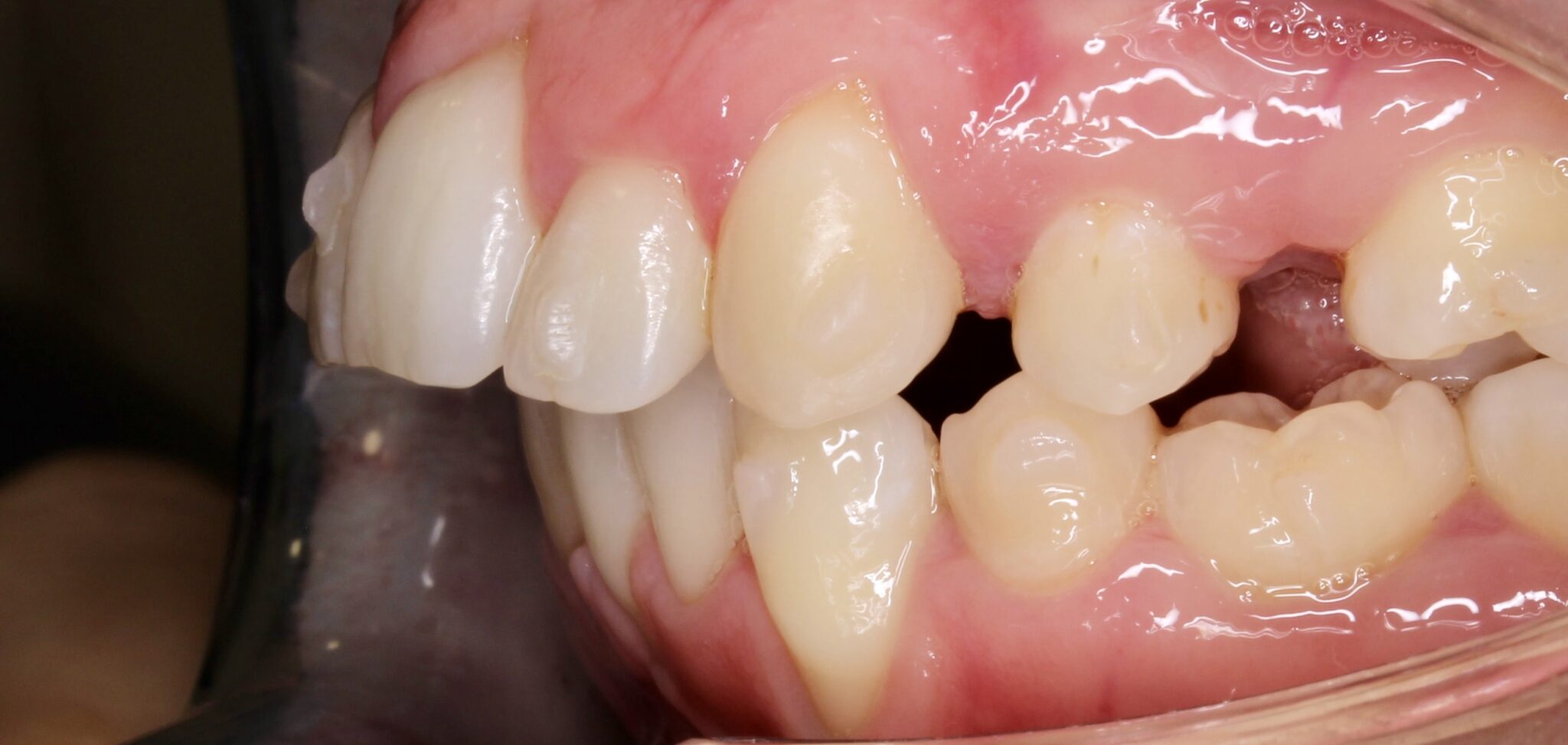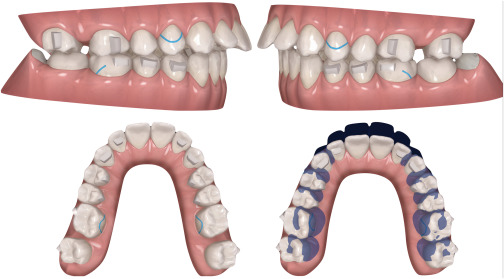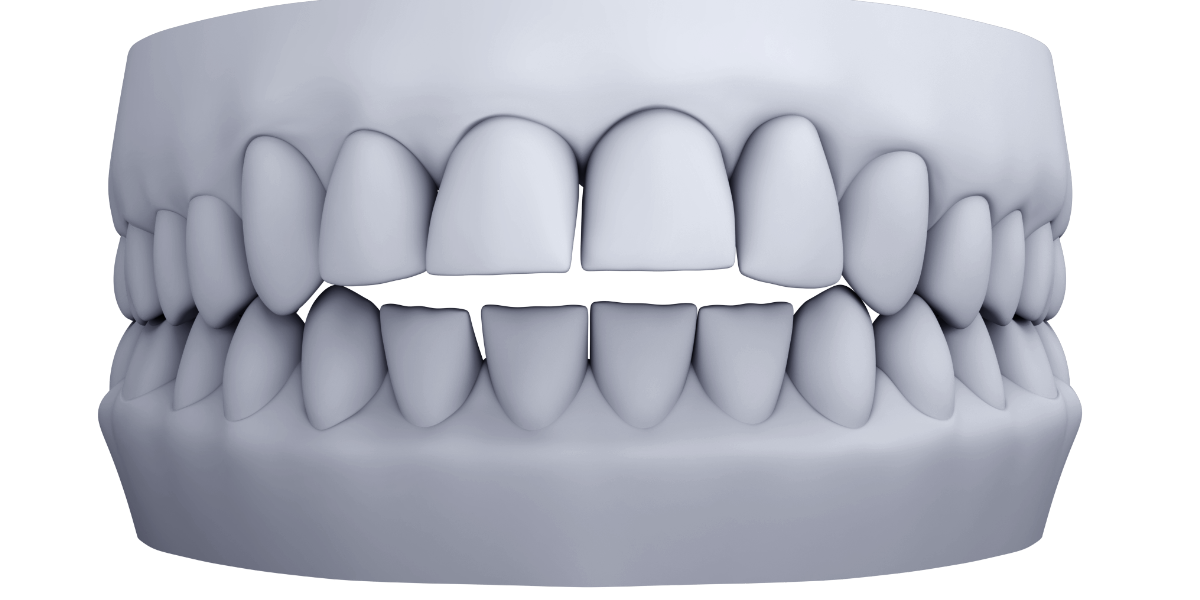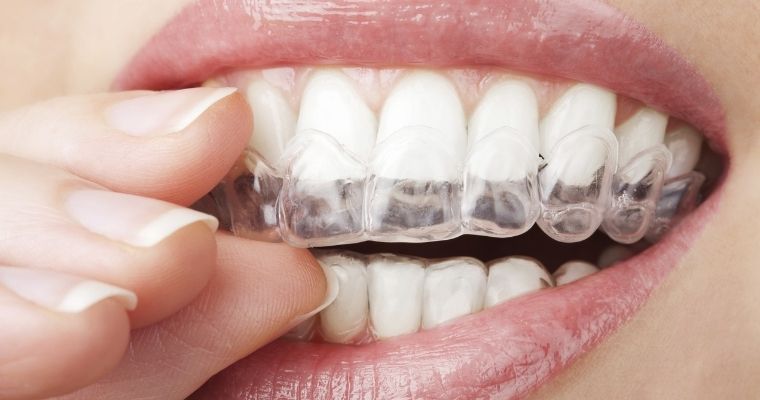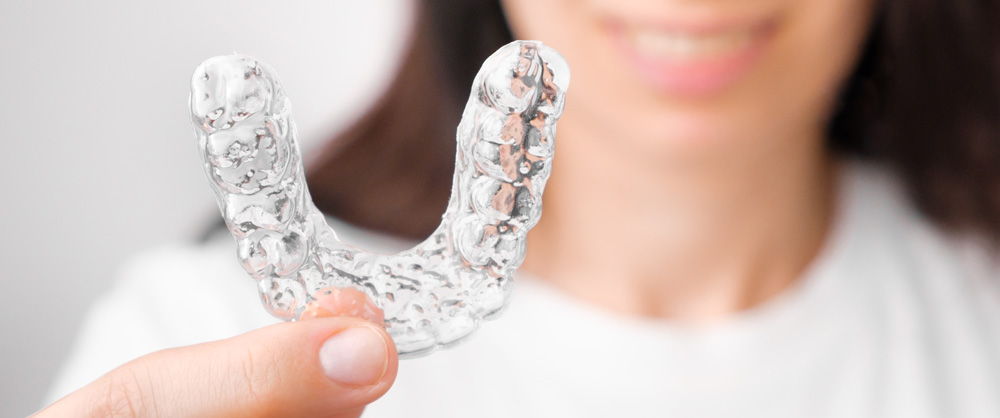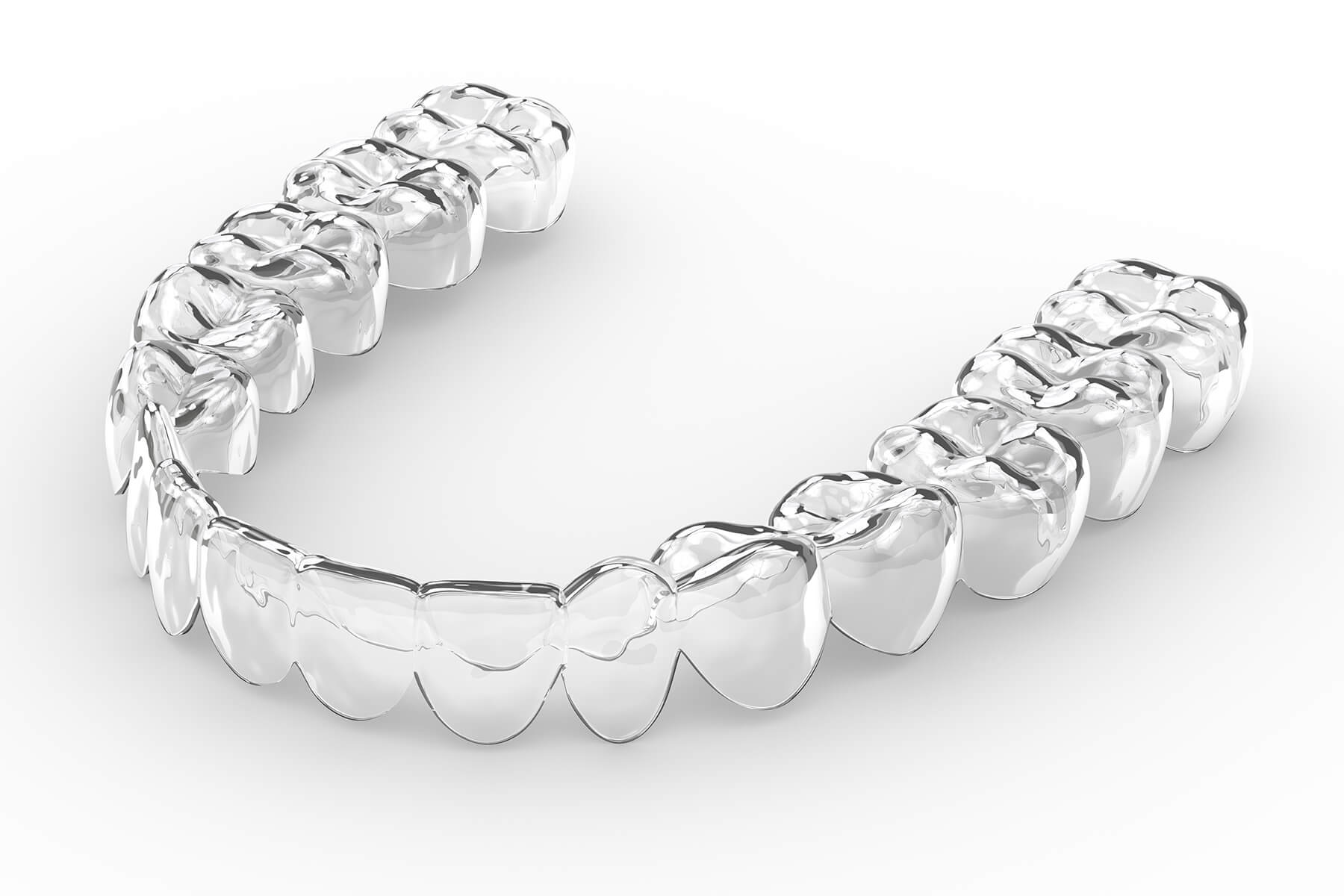Ideal Moment for Mandibular Advancement
by
simona
Uncategorized
Optimal timing depends on the skeletal maturation of each individual, which can be accurately determined by using the CVM method of Baccetti.

Protocol when treating a growing patient with Class II

How Does it Work?
- In exactly the same way as a twin‐block, the precision wings force the patient to occlude in a forward position, advancing and holding the mandible in a forward position. However, during the night, the only way to hold the mandible in position is by placing class II elastics (our method of using the class II elastic is from lingual to the upper first premolar to labial of the lower second molars). In this way, the elastic does not interfere with the precision wings.
- At the same time that we advance the mandible, the teeth can be levelled and aligned.
- We can ask to show the mandibular advancement with only one jump or gradually.
MA Protocol
Pre‐MA Phase (Light Blue Colour)
Purpose:
- Level Spee curve, create >2 mm overjet to allow mandibular advancement
- Other minimal tooth movements to facilitate precision wings placement
Clinical treatment:
- Incisors proclination in division 2
- Anterior intrusion in deep bites
- Molar rotations
- Crossbite corrections
Aligners:
- Standard aligners
- Attachments
- No precision wings
MA Phase (Dark Blue Colour)
Purpose:
- Advance mandible (2mm every 8 aligners)
- Simultaneous tooth movement (limited in teeth covered by precision wings)
- Attachments in molars will be removed
- >26 aligners phase
Clinical treatment:
- Class II correction
- Arch coordination
- Overjet reduction
- Teeth alignment and levelling
Aligners:
- Aligners with Precision Wings
- Limited features under PW
Transitional Phase (Dark Blue Colour)
Purpose:
- Hold the mandible in advanced position while waiting for additional aligners
- No additional tooth movement
- 4 aligners phase
Clinical treatment:
- Hold the mandible in advanced position
Aligners:
- Aligners with Precision Wings
Mandibular advancements tips and tricks
- Presence of short preMA phase to eliminate occlusal interferences and expand the upper arch
- Precision wings with 2 jumps of 2mm each spaced 8 steps
- Together with mandibulad advancement , the correcion of anterior anomalies continues
- Strong posterior contacts and no anterior contacts
- Lover IPR to limit proclination of lower incisors

